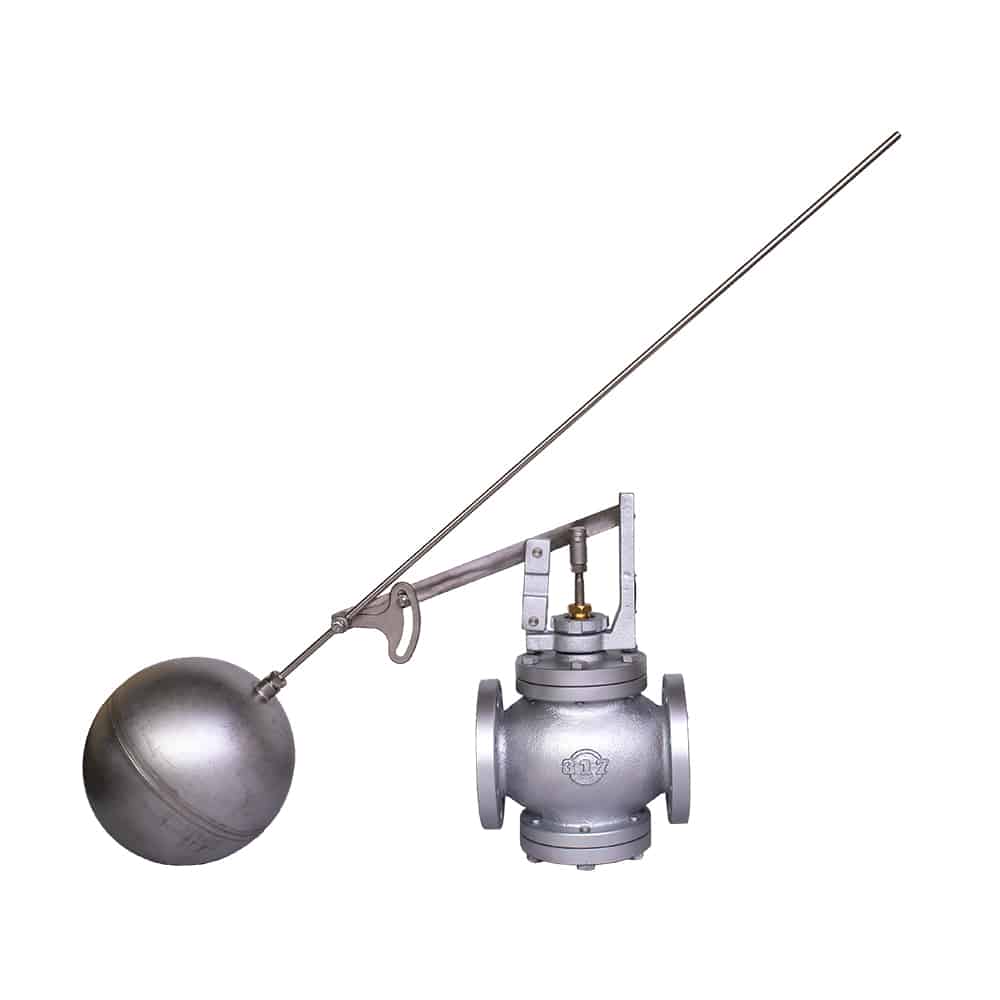Comprehensive Guide to Ball Float Valves
Comprehensive Guide to Ball Float Valves
Water management is a critical aspect of various industries, and one essential component that plays a pivotal role in this process is the ball float valve. In this comprehensive guide, we'll delve into the intricacies of ball float valves, exploring their definition, working mechanisms, installation, maintenance, advantages, and more.
Introduction
Ball float valves are mechanical devices used to control the flow of liquids, particularly water. Their functionality is based on a simple yet ingenious mechanism that regulates the level of a liquid in a tank. This guide aims to provide a detailed understanding of ball float valves and their applications across diverse industries.
Importance of Ball Float Valves
Applications in Various Industries
From residential plumbing systems to large-scale industrial processes, ball float valves find applications in numerous settings. Their versatility and reliability make them indispensable in maintaining optimal liquid levels.
Working Mechanism
Components and Functionality
Ball float valves consist of key components such as a floating ball, lever arm, and valve seat. Understanding how these parts interact is crucial to grasp the valve's functionality. The float, typically made of buoyant material, rises and falls with the liquid level, controlling the valve's opening and closing.
Types of Ball Float Valves
Lever Arm vs. Float Cup
There are two primary types of ball float valves: lever arm and float cup. Each type has its advantages and is suited to specific applications. We'll explore the differences between these two designs and guide you on choosing the right one for your needs.
Installation Guide
Step-by-step Process
Installing a ball float valve correctly ensures optimal performance. This section will provide a step-by-step guide, covering key considerations and potential pitfalls during the installation process.
Maintenance Tips
Ensuring Longevity
Like any mechanical device, ball float valves require regular maintenance to function efficiently. Learn practical tips on how to extend the lifespan of your ball float valve and prevent common issues.
Advantages of Ball Float Valves
Efficiency and Cost-effectiveness
Discover the numerous advantages of using ball float valves, including their efficiency in maintaining constant liquid levels and cost-effectiveness compared to alternative valve types.
Common Issues and Troubleshooting
Dealing with Leaks and Malfunctions
Even the most robust systems can encounter issues. This section will guide you through common problems associated with ball float valves and provide effective troubleshooting tips.
Safety Considerations
Ensuring Proper Functioning
Safety is paramount, especially when dealing with liquid systems. Learn about safety considerations when using ball float valves and how to ensure their proper functioning to prevent accidents.
Industry-specific Use Cases
Examples from Water Supply to Manufacturing
Explore real-world examples of how ball float valves are employed in various industries, from regulating water supply in households to ensuring precise liquid levels in manufacturing processes.
Environmental Impact
Eco-friendly Aspects
As the world becomes more environmentally conscious, understanding the eco-friendly aspects of ball float valves becomes crucial. Learn how these valves contribute to sustainability and water conservation efforts.
Innovations in Ball Float Valve Technology
Recent Developments
Technology is ever-evolving, and ball float valves are no exception. Stay updated on the latest innovations in ball float valve technology and how they enhance performance and reliability.
Comparisons with Other Valve Types
How Ball Float Valves Stand Out
In a market saturated with different valve types, discover why ball float valves stand out. This section will compare ball float valves with other types, highlighting their unique features and benefits.
Future Trends
What to Expect
As technology advances, so does the field of valve systems. Explore future trends in ball float valve technology and how these developments might shape the industry.
Conclusion
Recapping Key Points
In conclusion, this comprehensive guide has provided an in-depth understanding of ball float valves, from their working mechanisms to applications in various industries. Whether you're a homeowner or an industry professional, the knowledge gained here will empower you to make informed decisions regarding the use of ball float valves in your systems.
FAQs
- Are ball float valves suitable for all types of liquids?
- Ball float valves are primarily designed for water but can be adapted for other liquids based on their compatibility.
- How often should I conduct maintenance on a ball float valve?
- Regular maintenance is recommended at least once a year, but frequency may vary based on usage and environmental factors.
- Can ball float valves be used in high-pressure systems?
- Yes, ball float valves are designed to withstand a range of pressures, but it's essential to choose the right type for the specific application.
- Are there eco-friendly alternatives to ball float valves?
- While ball float valves are environmentally friendly, alternative valve types may suit specific eco-conscious requirements.
- What are the signs of a malfunctioning ball float valve?
- Common signs include inconsistent water levels, leaks, and unusual noises. Regular inspection can help detect these issues early.





Comments
Post a Comment